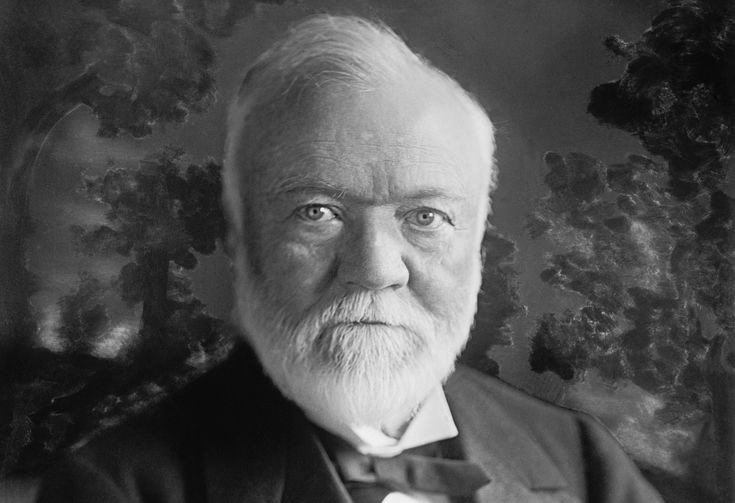He became a successful industrialist by investing wisely
Andrew Carnegie contributed early capital to the Venango County, Pennsylvania-based Columbia Oil Company in 1864. The farm produced almost $1,000,000 in cash dividends in a single year, and oil from nearby wells was successfully sold. Pittsburgh became a hub of wartime production because of the demand for iron goods like gunboat armor, cannons, and shells, among a hundred other industrial goods. Together with others, Carnegie built a steel rolling plant, and his wealth came from controlling the steel business and producing steel. Prior to the war, Carnegie made some investments in the iron sector.
Carnegie quit the railroads after the war to focus on the ironworks industry. The Keystone Bridge Works and the Union Ironworks were established in Pittsburgh as a result of Carnegie's efforts to create a number of ironworks. Despite having left the Pennsylvania Railroad Company, Thomas A. Scott and J. Edgar Thomson, who were in charge of it, were still in touch with him. He utilized his relationship with the two men to win business for his Keystone Bridge Company and the rails that his ironworks produced.
Through Keystone, Andrew Carnegie provided the steel and held stock in the historic Eads Bridge project that spans the Mississippi River in St. Louis, Missouri (completed 1874). This project served as a crucial proof-of-concept for steel technology, ushering in a brand-new steel market.








